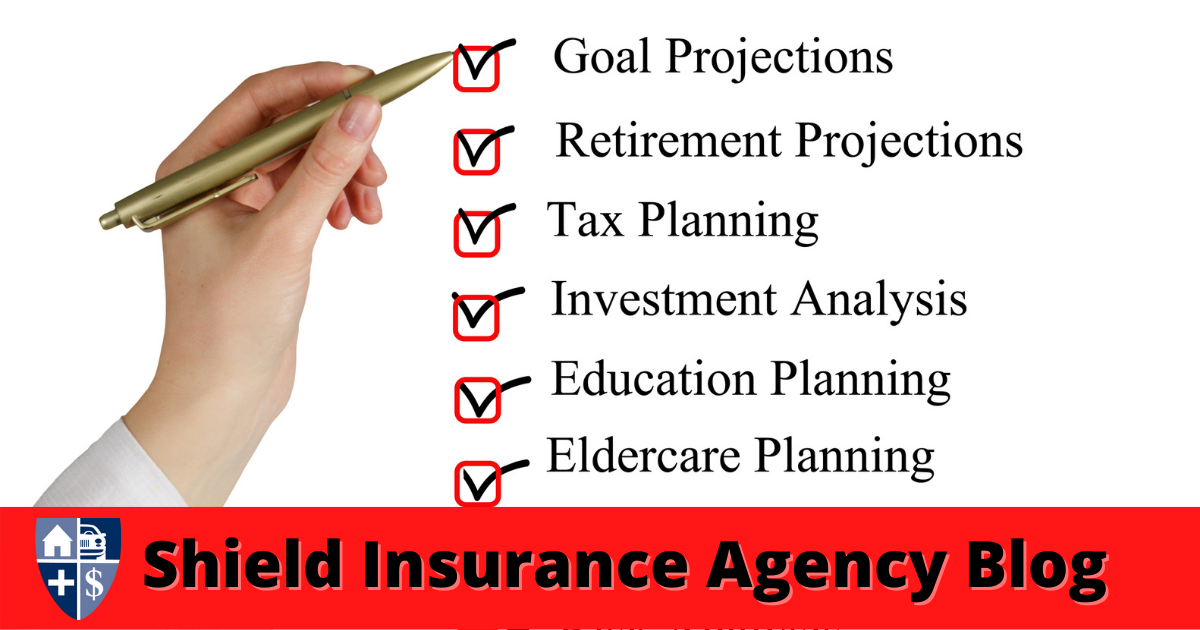
How to Tie a Wreath Bow in Five Different Styles
Plus, the best ribbon to use for each wreath bow technique.
MarthaStewart.com | By Roxanna Coldiron | November 22, 2019 | Wreath Bow | Visit Shield Insurance
The holiday season means decorating the house with lights, ornaments, and garlands of winter evergreens. And while the Christmas tree may take center stage in your home, it’s the wreath that welcomes your guests at the front door. In most cases, this is the first thing that people see when they come calling at your door, and it’s a hint at the rest of the holiday décor that awaits them inside. “Wreaths are like small, round Christmas trees,” says Cynthia Sheen, owner and interior designer at Cinzia Interiors. “A lot of the bow styles that I do for Christmas trees can be done for wreaths as well.”
Some wreaths don’t seem complete until they are finished off with a large, lavish bow, which enhances the overall look of the wreath and can be complementary to the other décor in your home. A crisp ribbon will make the nicest bow; grosgrain, satin, taffeta, and velvet are ideal choices. You can tie different styles of bows on your wreath. We asked designers for their ideas on styling your own wreath bows.
Traditional Bow
Of course, a traditional bow on your Christmas wreath is a classic choice. Ideally, use a wide ribbon in one of these classic colors—red, green, gold, or white. Cut ribbon to the desired length. (A bow with extra-large loops or extra-long tails will require more length.) Form the ribbon into two equal loops with about 12 inches of ribbon between them. Cross the right loop over the left. Knot the loops by pushing the right loop behind the left, under, and through the hole. Pull the knot tight, adjusting loops and tails to the desired size. Lightly fold the ends and cut, creating a notch. Attach the finished bow to the wreath with a small piece of green florist’s wire.
Rosette Wreath Bow
Rosette bows are tufted with several loops, and therefore, have a lot of fullness to them. Sheen makes large rosette bows using 16 to 19 loops, but you can make fewer loops for a smaller wreath. Satin ribbon is perfect for this style because it keeps its shape and does not easily fall flat. To tie a rosette, fold a length of ribbon accordion-style into a stack, with as many loops as you like. Cinch the middle of the stack with wire, and twist to secure. Cover the wire with more ribbon if desired (just glue it in back), and fluff the loops.
Curly Wreath Bow
Kade Laws-Andrews, owner and interior designer at Kade Laws Interior Design, is partial to the curly bow. For a large bow, you will need 24 to 36 inches in length for the ribbon. “Wired ribbon is best,” Laws says. “Cinch the middle with a pipe cleaner.” Then, roll up the ribbon and unroll it to make spiral curls. This style of bow is ideally placed on the top or bottom of the wreath. A bow with shorter curls looks nice on the top of a wreath, while one with longer curls looks best from the bottom.
Layered Bow
For more bows click here…
More great articles featured by Shield Insurance Agency
































































